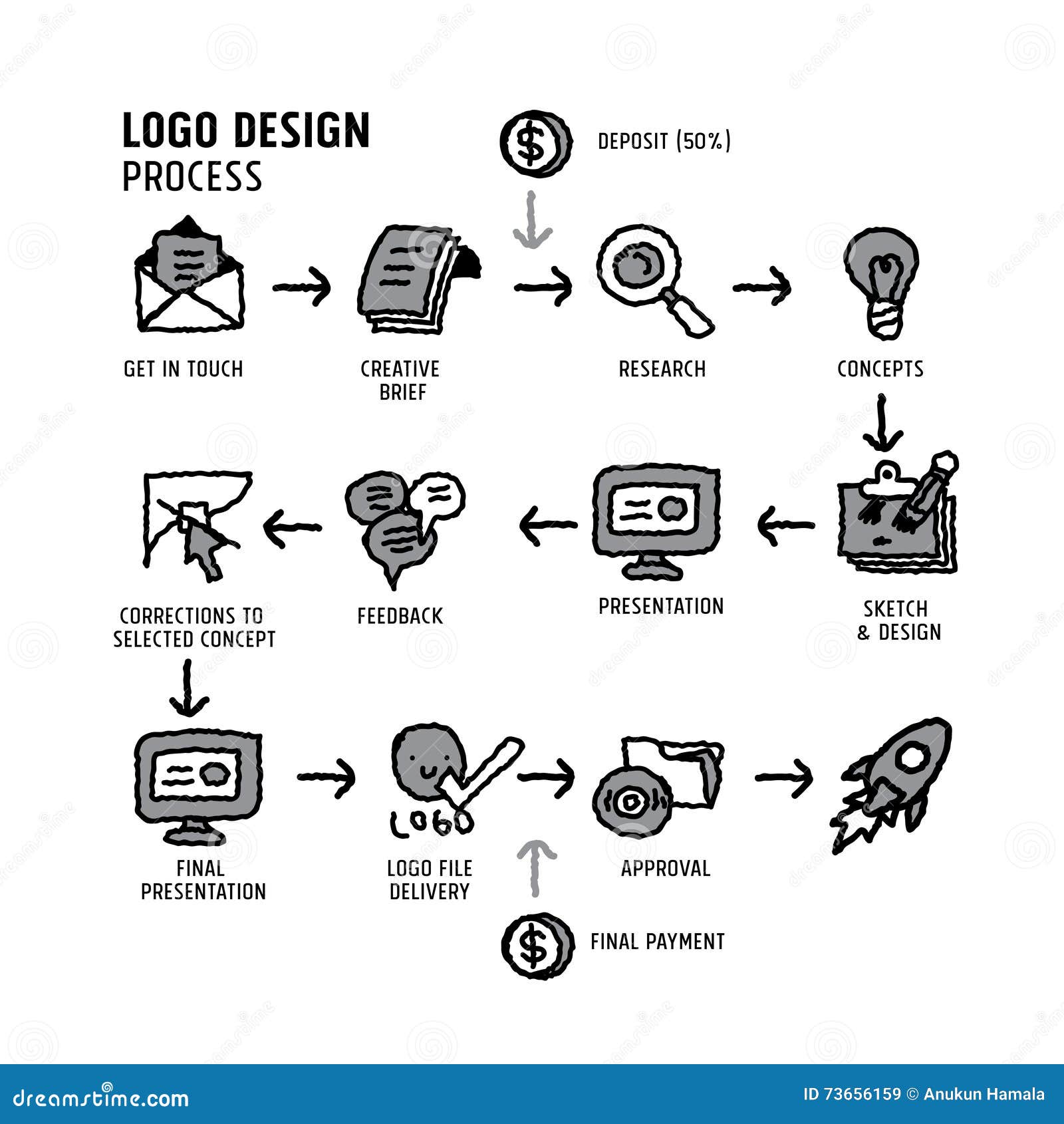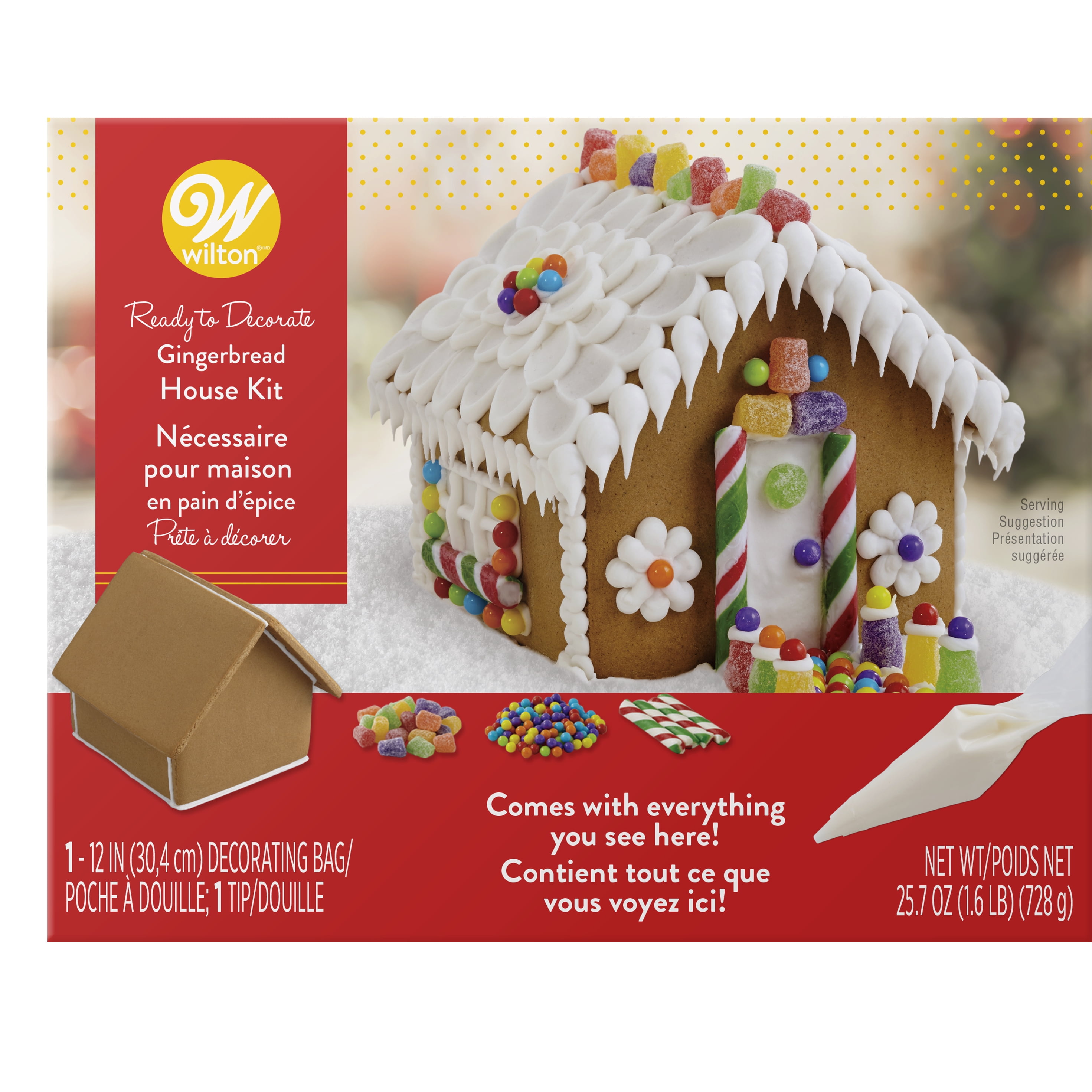Table Of Content

Once you know what makes you unique and what your brand is all about, it will be a lot easier for you to make design choices that complement each other. Share the designs with clients, peers, or focus groups to gather feedback and perspectives. This can help identify any improvements or adjustments that could enhance the effectiveness of the shapes and symbols. Review the initial sketches and identify areas where simplification and refinement can improve the design.
Completing Visual Research
Unlike raster-based designs that become pixilated with size, a vector-based logo can be as big as a billboard without any trouble. Illustrator also gives you control over your letter spacing, angles, line thickness, gradients and more. Take the time to understand how it works, so you can turn your designs into a usable logo.

Mascot Logos
It was a rewarding experience to see how a simple idea and sketch evolved into a meaningful and impactful logo that accurately represented their brand identity. A successful logo design process requires addressing potential challenges and following these helpful tips. Even the most rudimentary sketches are an asset to the logo design process. The main cause of creative block is an overabundance of self-editing during the initial phases of a project.
Choose a font.
Usually, at this point, only one or two development cycles are needed, as it comes down to a colour or style element. In almost every case, one concept will be perfect for the client, but occasionally, we have had to go down two chosen routes where a client cannot decide. Based on the feedback and discussion with the client, we will look into developing and tweaking a chosen concept. We will discuss the concepts with the customer to gauge feedback.
Sketching and Drafting
Sketches provide a tangible foundation for translating concepts into digital designs while fostering creativity and spontaneity. Armed with research findings, designers embark on the brainstorming stage to generate a range of creative ideas and concepts. This phase involves exploring different directions and experimenting with visual elements, typography, and imagery that align with the brand’s identity. Brainstorming sessions encourage free thinking, allowing for the exploration of innovative and unique approaches to logo design. Evaluating a brand is one of the first steps in the 99designs logo design process.
Sketching logos is where real creativity comes into play, but since I’ve done my homework I’m able to judge my sketches against clearly defined criteria. Researching the industry helps you as a designer get a sense of the environment the logo’s going to live in. We naturally don’t want to redesign that logo in the foreseeable future, so we want to give ourselves the best possible chance at designing a logo that will endure. A logo is the centerpiece of all brand communication—it’s literally everywhere—so it should stand the test of time. You see, a logo should serve a specific business objective, so therefore you need to stay objective in the process in order to design something that is appropriate.
0 – Logo Sketches & Brainstorming
As designers, we’re hired to help our clients rise above the noise of their fiercest competitors. It is our responsibility to champion innovation in the logo design process. To do this requires experimentation and a relentless challenging of our own assumptions, but the risk is well worth the reward of seeing our clients shine in a sea of distraction. After working through ideation and concept sketching, you’ll be equipped with a dependable blueprint for refining the logo in Adobe Illustrator. Illustrator is a piece of high-performance design software used for creating vector format graphics, art files that are infinitely scalable without quality loss or pixelation.
Look to websites like Dribbble, Behance and Brand New for recent creative work from the world’s leading designers. The website 99designs also has a discover page for design inspiration you might find useful. We’ll outline why each phase is important, the series of actions or steps you need to take, and the final deliverable you’re working toward—which you’ll need for the next phase. Luckily, we put together a group of logo optimization tips to generate SEO wins and boost visibility.
Ou can even click these results to start new searches and dig deeper as you zero in on the words that best capture your brand. For example, if you‘re in the clothing industry, you might simply type in “clothing.” You’d be surprised by how descriptive the synonyms are that appear. This article was originally written by Peter Vukovic and published in 2012.
A logo is a visual symbol or mark that represents a company or organization, often used to identify and distinguish a brand from competitors. It typically consists of unique colors, shapes, and typography that convey the company's identity and values. Step back from your work, take a break, and look at it later or even the next day. If you have come up with a lot of logo design concepts, focus on the stronger ones and discard the weak ones. Make changes and let the designs develop; now is a great time to get feedback from colleagues and other designers, and possibly even from your client. At Inkbot Design, we understand the importance of brand identity in today's competitive marketplace.

Sketch out a bunch of different logo ideas to see how they look outside your head. For one thing, the act of sketching alone can get the creative juices flowing. But more to the point, sketching a wide variety of concepts lets you see what works and what doesn’t.
So together with my client we review the advantages and disadvantages of each solution and arrive at a preferred logo design. And here I also use the mind map (9th exercise of my strategy framework) to start searching for visual representation of the most important keywords distilled from previous steps. I use the brand personality and tone of voice exercises to help me brainstorm ideas and create moodboards.
Top 20 free resources for learning logo design - Creative Bloq
Top 20 free resources for learning logo design.
Posted: Wed, 03 May 2017 07:00:00 GMT [source]
Your font choice goes beyond just conveying information as text; it is a crucial aspect of your design. For example, blue communicates trustworthiness and maturity, while red shows passion and excitement. Consider your brand story and the keywords you brainstormed earlier when choosing your logo colors. The whitespace between different elements of your logo is the unsung hero of your design and the secret you must uncover in this step of the process.














